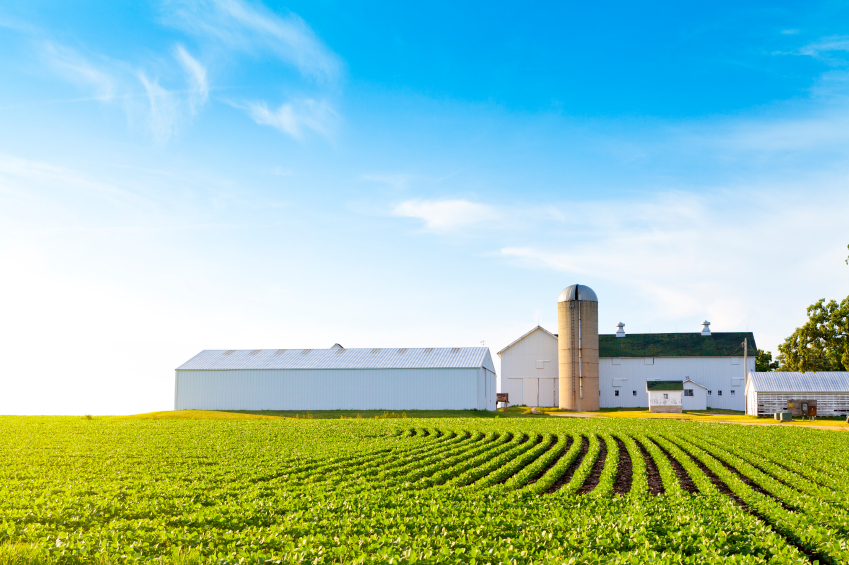Crop Interseeder Machinery Saves Time and Money
 Crop Interseeder Machinery Saves Time and Money
Crop Interseeder Machinery Saves Time and Money
As with any other type of industry, time is money on the farm. This is especially true when it comes to putting down cover crops. With grain harvests occurring later each year, many farmers are finding it a challenge to maximize the benefits of a shorter growing season. With cover crops, a farmer can revitalize a field; however, it has to be practical in terms of time and energy spent on the process. This is when interseeding can become a very attractive option.
The concept is simple, in a single pass that incorporates other needed planting functions, interseeder machinery is meant to plant a cover crop, just below the standing crop canopy. When put to the test, researchers at Penn State University (PSU) have discovered that an interseeder tool can simultaneously accomplish three jobs. The best use of the interseeder is for crops that will be planted on 30″ rows. These crops should also incorporate double-disk drill openers that are situated at intervals of 7.5″. While this special planting is going on, farmers can spread postemergence herbicides, in addition to laying down sidedress nitrogen through a high-pressure stream that will float about 4″ above the planting row.
What will all this mean for the average farmers’ bottom line? Those same researchers calculate that anywhere from $20 to $30 an acre can be saved in labor and fuel costs. Thanks to this interseeding process, farmers are able to smoothly plant in fields containing heavy corn residue with a single, efficient machine pass.
Over at Hagie Manufacturing, the design techs have been working diligently on a high-clearance interseeder attachment. To date, the engineers have created two workable systems. The first is an air boom interseeder that has the solution tank swapped out with an 80 cubic feet dry box. The boom is outfitted with specially designed tubing that allows for an even flow just beneath the corn crop canopy. The air boom design can be modified to fit on a 60′ or 90′ boom.
In the second system, the patented Hagie nitrogen toolbar is used with seeding attachments that utilize rolling baskets for the seed. This retrofitted attachment measures around 40′ wide. So far, the researchers have put their machinery to the test by planting high yielding fields of radishes, ryegrass and sudangrass.
The other component required of successful interseeding is to get the timing right. The key is to plant before winter sets in, but not so early as to affect the corn crop. According to the test fields, the best time for interseeders is when corn has hit the V5 growth height (5 – 6 corn leaves with collars).
The researchers have used the interseeder as late as mid-September with very encouraging results. Another major consideration is the specific choice of crop. Varieties of ryegrass and clover have proven to embrace the heat and shade beneath the corn and provide decent fall growth.
Interseeding is just one example of the many agriculture innovations that are helping farmers get the most from their fields. Depending on the area, it may require a little trial and error before you can find the perfect crop cycle. However, the rewards could be substantial, so it is definitely something to investigate further.

